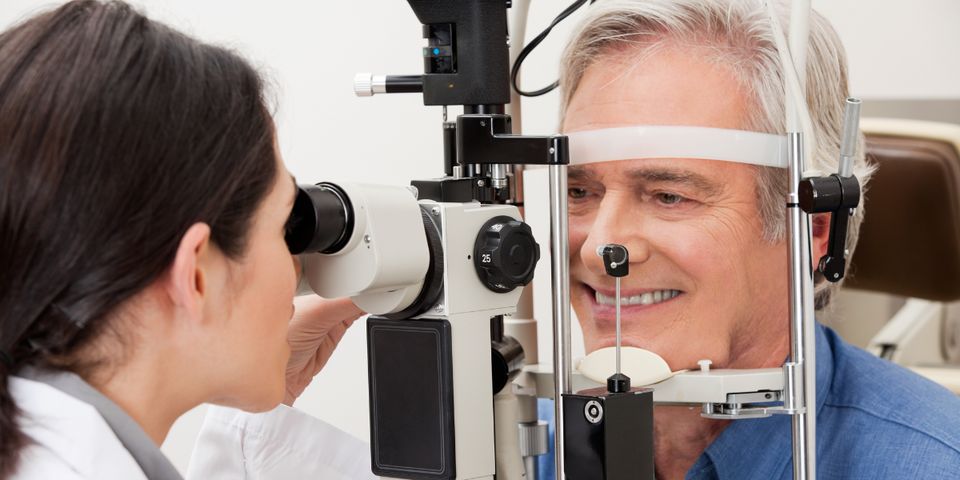How to Differentiate Between Open-Angle and Angle-Closure Glaucoma

Glaucoma is an eye disease that affects vision. It specifically affects the development of the aqueous humor, the clear liquid responsible for nourishing and supporting eye health. Your eyes constantly make this fluid, with some of it naturally draining out. When this process is disrupted, it could be due to either open-angle or angle-closure glaucoma. The treatment options vary, so it's important to learn about how the two types differ.
What Is Open-Angle Glaucoma?
The most common form of the disease is open-angle glaucoma. This condition develops gradually, beginning with slow-draining fluid. Because this causes an imbalance between how much aqueous humor is created and how much is drained, pressure begins to build in the eye. This can have a particularly adverse effect on the optic nerve, which is what helps you see.

While the condition itself is painless and doesn’t cause immediate vision loss, it can gradually lead to blind spots that affect your side vision in particular. Usually, changes to the vision aren’t evident until the disease reaches a more severe stage. With regular eye exams, however, your doctor can track changes and prescribe medication to slow the progression of the disease. Common options include eye drops to reduce pressure and laser surgery to drain fluid.
What Is Angle-Closure Glaucoma?
Angle-closure glaucoma can develop in someone whose iris is situated close to the drainage angle where aqueous humor typically flows out. This proximity can cause a blockage that prevents the fluid from draining properly, causing a sudden and acute increase in eye pressure. It’s crucial to see an eye doctor promptly if you suspect a problem.
Common symptoms include blurriness, severe pain in the eyes, nausea and vomiting, headache, and visions of halos or rainbow rings around lighting. Most of the time, people don’t develop symptoms until an acute problem occurs. Your doctor may choose to perform an iridotomy, which involves using a laser to create a pinprick hole in the iris. This allows fluid to resume moving to the drainage angle and relieves pressure.
If you’re concerned that you may have glaucoma or simply want to schedule an eye exam, turn to Comprehensive Eye Care in Washington, MO. Proudly serving clients throughout Franklin County, they offer surgical intervention and a range of treatments for everything from dry eye to cataracts. Visit the website for more information or call (636) 390-3999 to schedule an appointment. You can also ask about taking part in their clinical trials, which they have been implementing for more than 20 years.
About the Business
Have a question? Ask the experts!
Send your question

